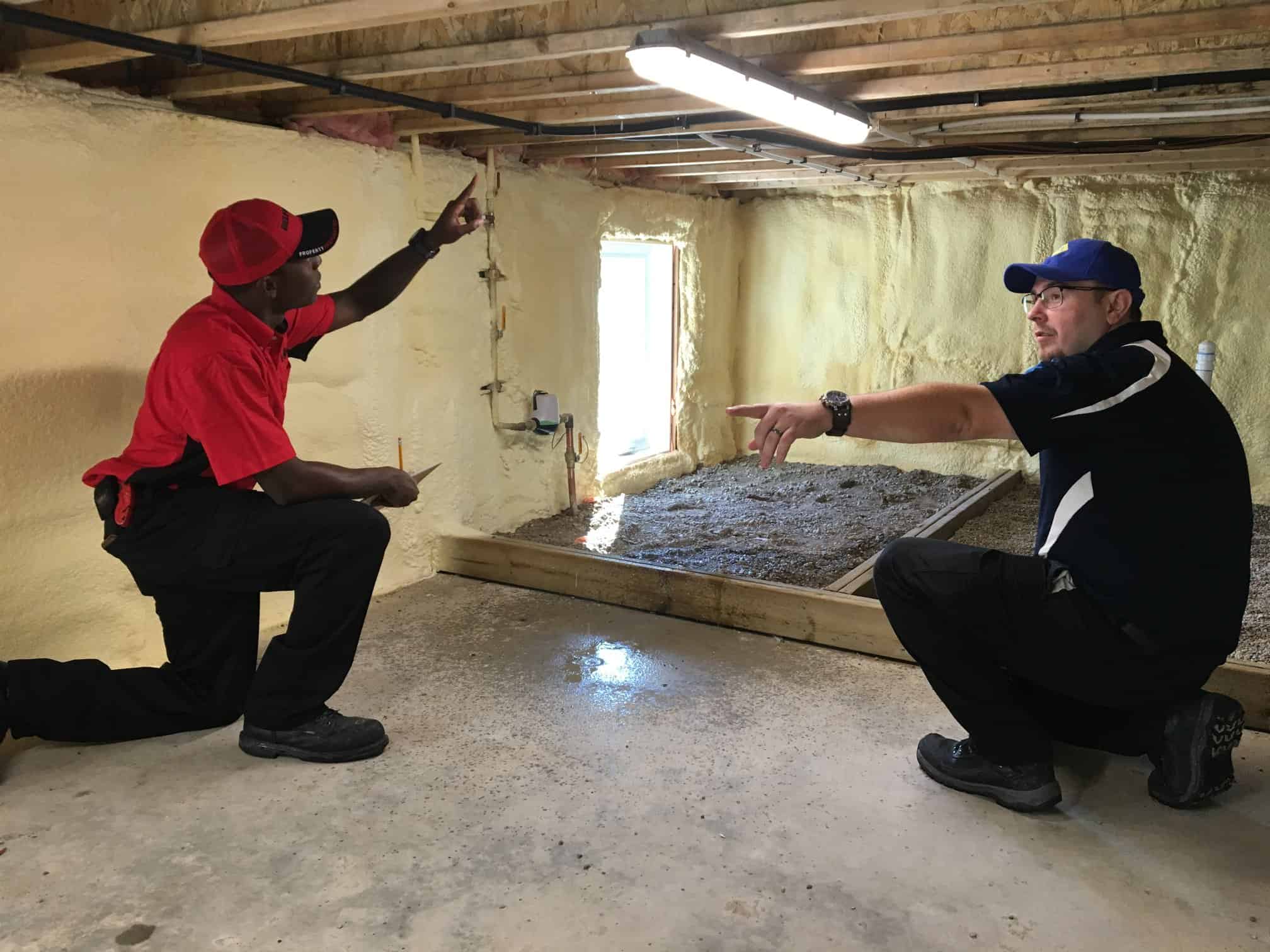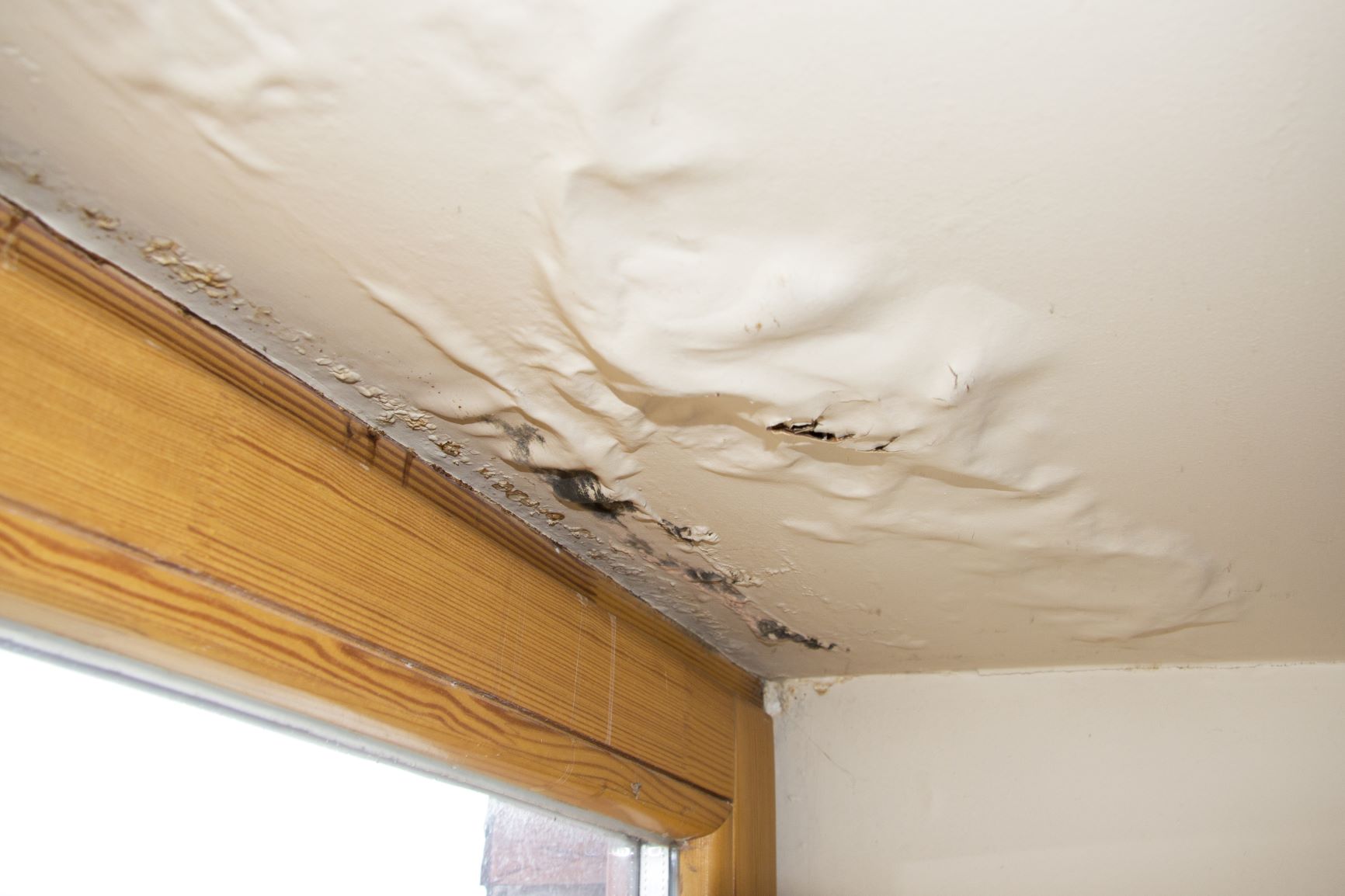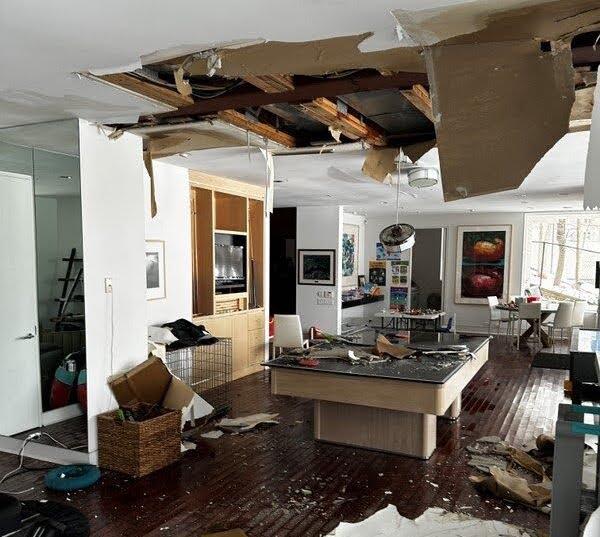Emergency Water Leak Repair to Prevent Further Property Destruction
The Refine of Water Damages Clean-up: Ensuring Your Home Is Restored Efficiently
Water damage can be a daunting difficulty for homeowners, requiring a precise and organized cleanup process to restore safety and performance. A comprehensive assessment is important to determine the degree of the damage and establish the suitable removal steps. Following this, reliable water extraction methods play a critical duty in minimizing additional damage. Nonetheless, the subtleties of drying, disinfecting, and eventual reconstruction are just as essential and typically overlooked. Understanding these stages can make a substantial distinction in the outcome of your home's restoration, triggering a closer check out what each step requires.
Examining the Damages
Upon uncovering water damage, the very first step is to thoroughly examine the degree of the impact. This initial evaluation is vital, as it helps identify the required steps for effective cleanup and reconstruction. Begin by inspecting the impacted areas, consisting of wall surfaces, ceilings, floorings, and personal possessions, to identify the source of the water breach, whether from flooding, leakages, or condensation.
Recording the damage is necessary for both insurance policy cases and intending remediation initiatives - damage restoration services. Usage pictures and composed notes to catch the extent of the damages, noting any damaged architectural aspects and materials. Pay special interest to locations that might not be right away visible, such as behind wall surfaces and under carpets, as hidden moisture can bring about further issues, including mold development
In addition, evaluate the timeline of the water direct exposure. The longer the materials continue to be wet, the better the potential for damages. Recognizing the duration of exposure will certainly educate the urgency of remediation initiatives. Ultimately, an extensive assessment lays the foundation for a successful water damage clean-up process, ensuring that all influenced areas are dealt with properly and completely.
Water Extraction Strategies

Professionals commonly employ submersible pumps for bigger quantities of water, which can promptly minimize flooding in cellars or various other impacted locations. For smaller sized quantities, wet/dry vacuums are often used to draw out residual wetness from rugs and difficult surfaces. In addition, making use of portable extractors permits targeted removal in constrained rooms or locations with fragile products.
In instances of polluted water, such as sewer or floodwater, progressed extraction methods might include using biohazard devices to make sure safety and security and conformity with wellness laws. High-powered extraction devices are essential in decreasing water retention in structural products, which can lead to mold growth and structural damage if not resolved promptly.
Ultimately, the effectiveness of water removal methods plays a crucial function in the general success of the water damage clean-up process, preparing for subsequent remediation efforts.
Drying and Dehumidification
When standing water has actually been properly removed, the next essential phase in the water damages cleaning process is drying and dehumidification. This step is necessary to prevent additional damage and mold development, which can take place within 24 to 48 hours in wet environments.
To accomplish effective drying out, specific tools such as industrial-grade air movers and dehumidifiers is employed. Air movers distribute air throughout wet surfaces, boosting dissipation prices, while dehumidifiers reduce humidity degrees airborne, advertising a favorable environment for drying. The combination of these tools guarantees that moisture is drawn out from floorings, furnishings, and walls, allowing them to completely dry extensively.
It is essential to keep an eye on the drying procedure closely. Specialists usually utilize dampness important source meters to examine the wetness material in different materials, guaranteeing that all impacted areas reach appropriate dryness degrees. This meticulous technique helps to prevent covert wetness pockets that can lead to architectural damages or harmful mold development.

Cleansing and Sterilizing
After the drying and dehumidification stage is full, the next vital action in water damages cleanup is cleaning up and sanitizing the affected locations. This procedure is critical to prevent the development of mold, microorganisms, and various other pathogens that grow in damp settings.
The cleansing stage commonly involves getting rid of any kind of debris, dust, and pollutants from surface areas using specialized cleaning up representatives. For hard surface areas, a mix of soap and water or industrial cleansing products is typically employed. Soft products, such as upholstery and rugs, might need a lot more considerable cleaning approaches, consisting of heavy steam cleansing or deep extraction strategies, to make certain complete hygiene.

Sanitizing complies with cleansing, utilizing EPA-approved anti-bacterials to get rid of hazardous bacteria. This action is necessary, specifically in locations that may have entered into call with floodwaters or sewer, as these resources can posture serious health and wellness dangers.
In addition, it is very important to address any kind of continuing to be smells, which might call for the use of smell neutralizers or innovative techniques like ozone therapy. Proper cleaning and sterilizing not just recover the safety and security and health of your home however additionally prepared for effective repair and repair work in subsequent stages of the water damages cleanup process.
Repair and Repair Services

Once the evaluation is full, repair efforts can begin. Additionally, floor covering might need similar focus, depending on the degree of water exposure.
It is essential to involve skilled remediation professionals throughout this procedure, as they have the knowledge to manage intricate fixings successfully. read review They can aid my sources alleviate possible future concerns, such as mold and mildew development or architectural instability, therefore guaranteeing a safe and habitable living setting. Ultimately, effective repair and repair services bring back the home's integrity and boost its total value.
Verdict
Finally, the process of water damages clean-up is essential for restoring a home to its pre-damage problem. Each stage, from examining the damage to applying effective water extraction methods, adhered to by comprehensive drying, sterilizing, and essential repair work, plays an important duty in guaranteeing security and compliance with structure standards. Effective execution of these steps not just alleviates instant damage but additionally boosts the long-lasting integrity and value of the residential property.
Water damages can be an overwhelming difficulty for homeowners, necessitating a meticulous and organized cleanup process to recover security and functionality. Eventually, an extensive analysis lays the groundwork for a successful water damage clean-up procedure, guaranteeing that all influenced areas are attended to effectively and extensively.
Effective water extraction strategies are important in alleviating damages and stopping more complications complying with a water breach occasion.In conclusion, the procedure of water damages cleanup is important for recovering a home to its pre-damage condition. Each phase, from evaluating the damage to applying effective water extraction techniques, complied with by complete drying, sanitizing, and needed fixings, plays a necessary role in guaranteeing security and conformity with structure criteria.